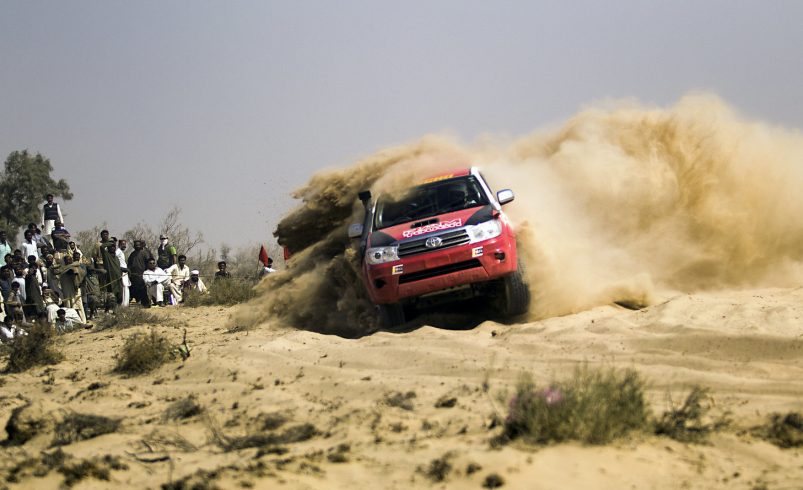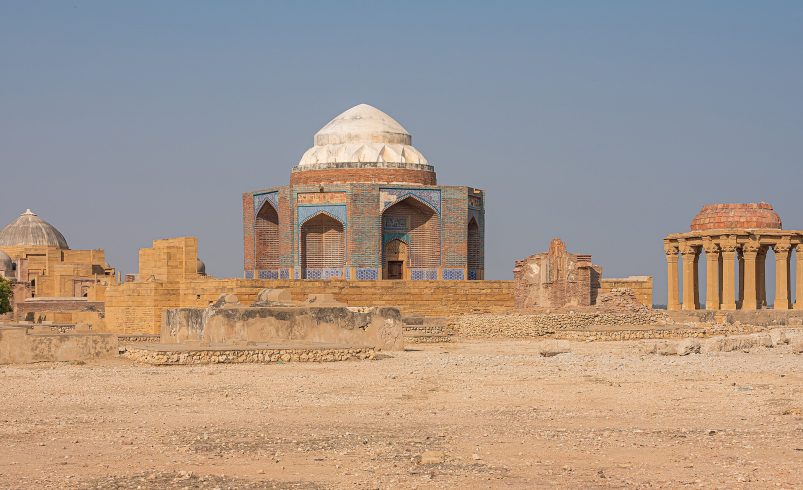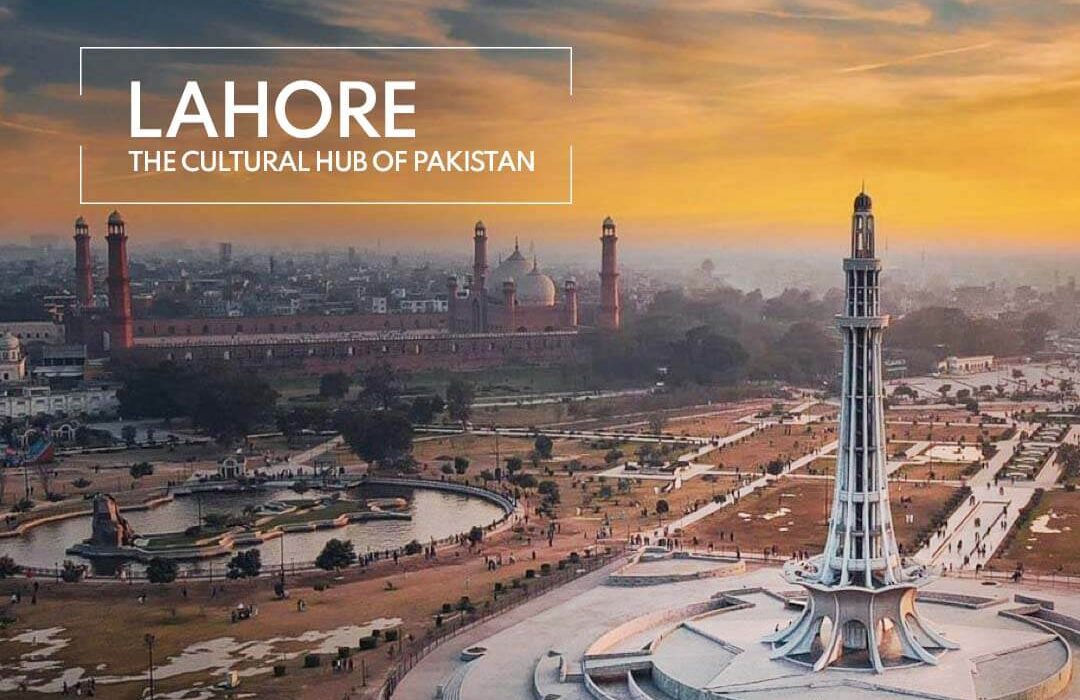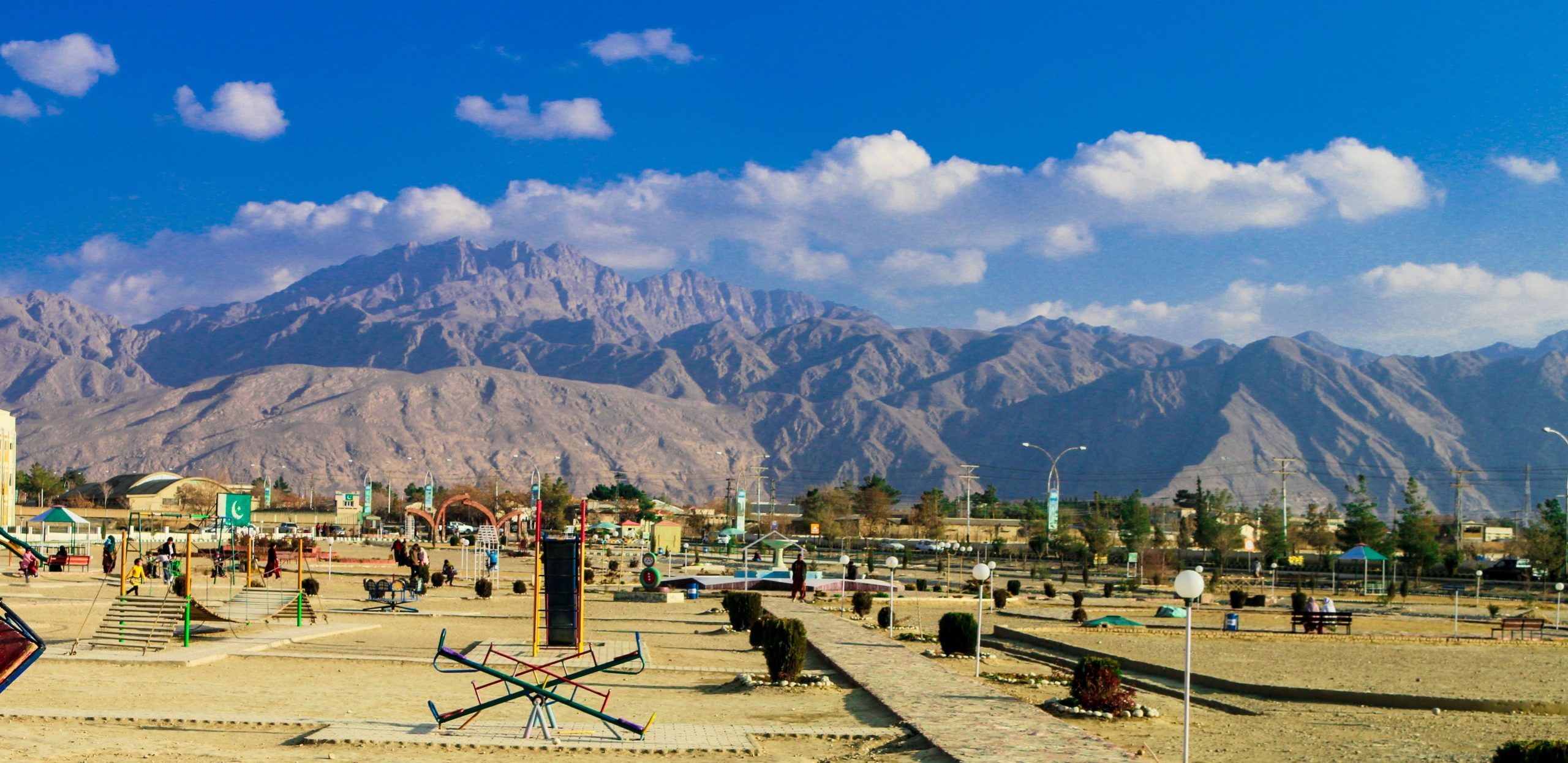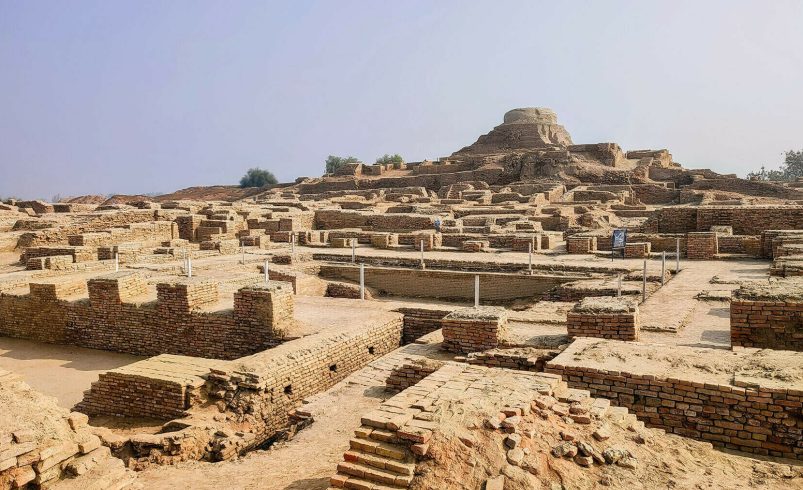
- August 12, 2025
🏛️ Introduction
Mohenjo-daro is one of the most fascinating archaeological wonders of the world, located in the Sindh province of Pakistan. This ancient city was once the crown jewel of the Indus Valley Civilization, flourishing around 2500 BCE. Recognized as a UNESCO World Heritage Site, it showcases advanced urban planning, complex drainage systems, and remarkable craftsmanship. This Mohenjo-daro travel guide will give you a detailed look into its history, culture, attractions, and practical travel tips so you can plan a memorable visit.
📜 History of Mohenjo-daro
Discovered in the early 1920s by archaeologists Rakhal Das Banerji and John Marshall, Mohenjo-daro revealed the existence of a highly developed ancient civilization that rivaled those of Mesopotamia and Egypt. At its peak, it is believed to have housed over 40,000 inhabitants. The city had well-planned streets, a sophisticated water supply, and multi-storied buildings—an extraordinary achievement for its time.
The name “Mohenjo-daro” means “Mound of the Dead” in Sindhi, suggesting that local people associated it with a lost civilization long before its discovery. Excavations have uncovered pottery, seals, ornaments, tools, and the world-famous “Dancing Girl” statue, shedding light on daily life and artistic expression.
🎭 Cultural Heritage of Mohenjo-daro
The cultural heritage of Mohenjo-daro is a testament to human ingenuity and organization. The city’s layout included:
- Residential areas with private wells
- Public baths for ritual cleansing
- Centralized granaries for food storage
- Marketplaces for trade and commerce
Artifacts such as terracotta figurines, intricate jewelry, and inscribed seals reveal a society deeply connected to art, trade, and spirituality. Visiting this site allows travelers to connect with one of humanity’s earliest urban societies.
📅 Best Time to Visit Mohenjo-daro
If you’re planning a trip, the best time to visit is between November and February. During these months, the weather is mild, with temperatures between 15°C and 25°C, making outdoor exploration comfortable. The summer months, especially May to August, can be extremely hot and are not recommended for lengthy site visits.
🚗 How to Reach Mohenjo-daro from Major Cities
| City | Distance (KM) |
|---|---|
| Karachi | 450 km |
| Hyderabad | 350 km |
| Sukkur | 80 km |
| Islamabad | 1020 km |
| Lahore | 960 km |
Travel options include:
- By Air: Mohenjo-daro Airport, with limited flights from Karachi.
- By Train: Trains to Larkana, followed by a short road trip to the site.
- By Road: Well-paved highways connect Mohenjo-daro to major Sindh cities.
🏟️ Places to Visit in Mohenjo-daro
🏛️ The Great Bath
A large water tank believed to have been used for ceremonial bathing. It is one of the most iconic structures at the site and reflects the people’s advanced engineering skills.
🏯 The Granary
This massive brick structure was used to store grain, highlighting the organized economy and centralized food distribution system.
🏠 Residential Buildings
Multi-room houses with courtyards, some with their own wells, show the comfort and convenience enjoyed by residents.
🗿 Mohenjo-daro Museum
Located near the site, it houses precious artifacts including pottery, tools, ornaments, and the celebrated Priest-King statue.
🎯 Activities to Do in Mohenjo-daro
- Take a guided tour to understand the historical significance of each structure
- Explore the Mohenjo-daro Museum for ancient artifacts
- Photograph the ruins from different angles
- Visit Larkana to experience Sindhi culture
🎉 Local Festivals & Events
While Mohenjo-daro itself is not a venue for festivals, nearby cities like Larkana host Sindhi Cultural Day and other events featuring traditional Sindhi music, Ajrak displays, handicrafts, and folk performances.
🏨 Where to Stay in Mohenjo-daro
Accommodation options near Mohenjo-daro include:
- Hotels in Larkana (20 km away)
- Guesthouses and budget inns near the archaeological site
- Mid-range hotels and resorts in Sukkur for more comfort
🍲 What to Eat in Mohenjo-daro
Larkana offers a range of Sindhi delicacies, including:
- Sindhi Biryani
- Saag with Bajra Roti
- Sindhi Karhi
- Fresh dates, sweets, and local snacks
💰 Estimated Costs for Visiting Mohenjo-daro
- Entry Fee: PKR 300 (locals), PKR 1000 (foreigners)
- Guide Fee: PKR 500-1500
- Food: PKR 500-1000 per meal
- Accommodation: PKR 2000-6000 per night
🗓️ Suggested Mohenjo-daro Itinerary from Karachi
- Day 1: Depart Karachi early morning, arrive in Larkana, check-in, rest
- Day 2: Full-day exploration of Mohenjo-daro and museum
- Day 3: Explore Larkana’s markets and return to Karachi
🧳 Travel Packing Checklist
- Comfortable shoes for walking on uneven surfaces
- Hat, sunglasses, and sunscreen
- Reusable water bottle
- Camera for photography
- Light clothes in winter, breathable fabrics in summer
🚑 Emergency Contacts & Health Precautions
- Hospital: Chandka Medical College Hospital, Larkana (+92-74-405-2888)
- Police Helpline: 15
- Ambulance: Edhi (115)
Stay hydrated and avoid midday sun in summer to prevent heatstroke.
💡 Travel Tips for Mohenjo-daro
- Visit early in the day for cooler temperatures
- Carry cash as ATMs are limited
- Hire a licensed guide for deeper insights
- Respect the preservation rules—avoid touching the ruins
❓ FAQs about Mohenjo-daro
What is the historical significance of this ancient city?
It represents one of the earliest examples of urban planning, complete with drainage systems, public baths, and structured residential areas from over 4,500 years ago.
How can I travel to the archaeological site from Karachi?
You can take a domestic flight to the nearby airport, travel by train to Larkana, or drive along well-connected highways.
When is the best time of year to plan a visit?
The ideal season is winter, from November to February, when the weather is pleasant for outdoor exploration.
Why is this site part of the UNESCO World Heritage list?
Its advanced infrastructure, cultural artifacts, and contribution to understanding the Indus Valley Civilization earned it UNESCO recognition in 1980.
Are guided tours available for visitors?
Yes, licensed guides offer tours that explain the site’s layout, structures, and historical context in detail.
What are the main attractions to explore here?
Highlights include The Great Bath, the Granary, residential houses, and the museum displaying ancient artifacts.
How much time should I plan for the visit?
A half-day is sufficient to explore the ruins and the museum, but history enthusiasts may spend an entire day.
Is it safe for solo travelers?
Yes, the area is generally safe during daylight hours, especially if you hire a guide or join a group tour.
What should visitors wear for the trip?
Wear comfortable walking shoes, light clothes in summer, and warmer layers in winter. A hat and sunglasses are useful.
Are food and drink facilities available on-site?
While the site has limited options, nearby towns like Larkana offer restaurants serving Sindhi cuisine.
What is the entry fee for tourists?
Local visitors pay around PKR 300, while international travelers pay about PKR 1000, with separate charges for the museum.
Can I take photographs during my visit?
Yes, photography is allowed, but visitors must avoid touching or climbing on the ruins.
How old is this historical site?
It dates back over 4,500 years, making it one of the oldest known cities of the Indus Valley Civilization.
What artifacts can be seen in the museum?
Items include pottery, tools, ornaments, seals, and iconic statues like the “Priest-King” and “Dancing Girl.”
How does it compare to Harappa?
Both are major Indus Valley Civilization sites, but this one is particularly famous for its advanced water management system.
Is it possible to visit from Sukkur in one day?
Yes, it’s only about 80 km from Sukkur, making a same-day round trip convenient.
Which languages are most commonly spoken in the area?
Sindhi is the primary language, though many locals understand Urdu, and guides may speak English.
Is there a dedicated museum at the site?
Yes, the on-site museum houses artifacts discovered during excavations, offering insight into ancient life.
How should travelers prepare before visiting?
Research the site’s history, wear suitable clothing, carry water, and consider booking a guided tour.
Why is it considered a must-visit for history lovers?
It offers an unparalleled opportunity to step into one of humanity’s earliest cities and see how advanced civilization was thousands of years ago.
🏁 Conclusion
Mohenjo-daro is more than just an archaeological site—it is a living classroom of history, a place where you can physically step into the world of one of the oldest known civilizations. Its well-planned streets, sophisticated drainage systems, and artistic artifacts speak volumes about the ingenuity of its people.
A visit here is not simply about seeing ancient ruins; it’s about connecting with humanity’s shared past and appreciating how advanced our ancestors were long before modern technology.
From its fascinating Great Bath to the treasures in its museum, from the charm of nearby Larkana to the warmth of Sindhi culture, Mohenjo-daro offers an enriching travel experience that blends history, culture, and discovery.
With the insights from this Mohenjo-daro travel guide, you’ll be well-prepared to make your trip informative, comfortable, and unforgettable. Whether you are a history enthusiast, a cultural explorer, or simply a curious traveler, Mohenjo-daro promises an experience that will stay with you for a lifetime.


